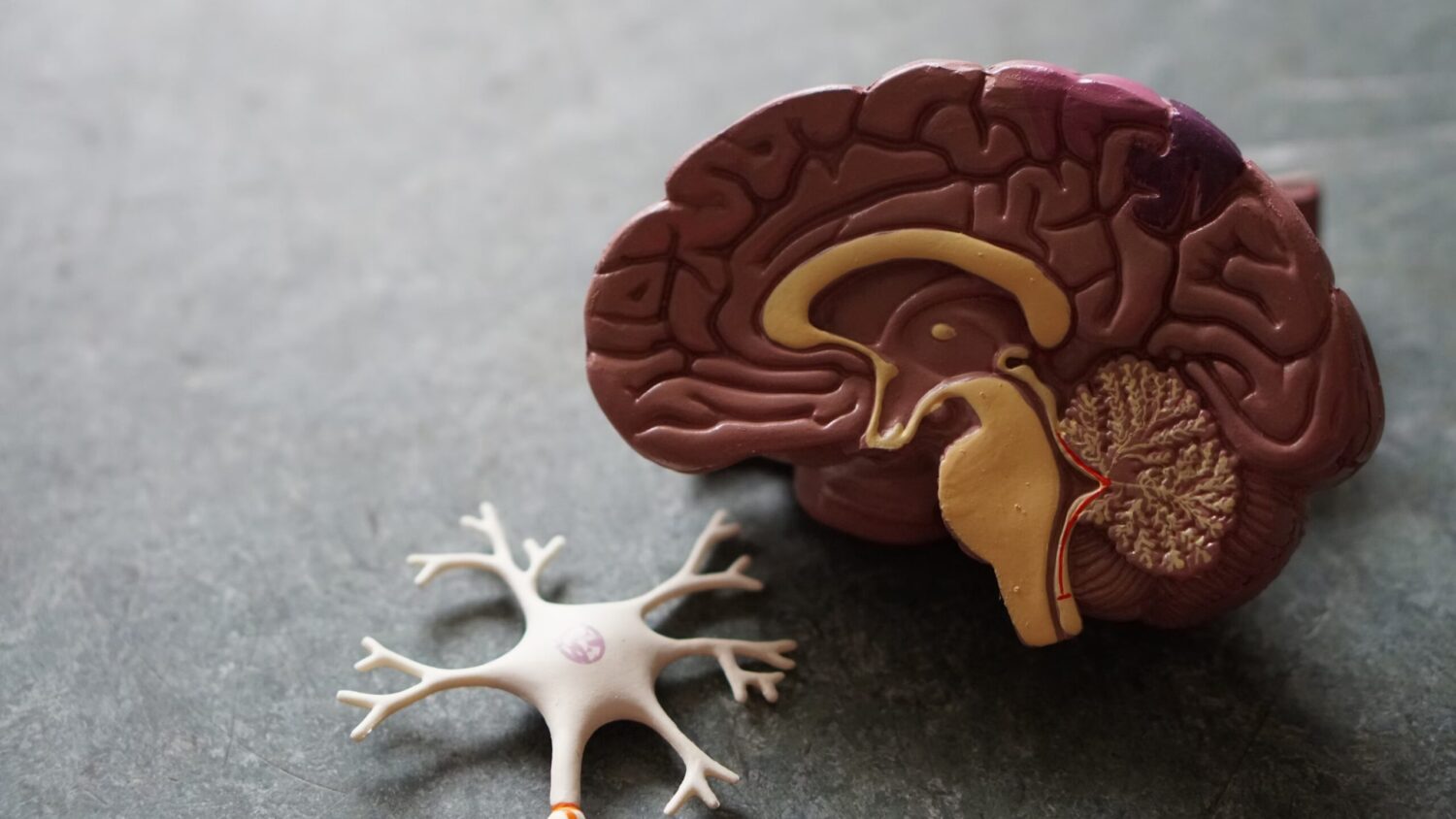Authors:
I.A. Volchersky 1 , E.V. Tour 1 , O.V. Solyannikova 1 , V.S. Rykun 1 , M.S. Sumin 2 , V.N. Dmitrienko 2 , E.V. Berdnikova 1
1 Department of Pharmacology (Head
- Prof. Dmitrienko) GMLPUZ "Chelyabinsk Regional Clinical Hospital", Medgorodok
Place of publication:
experimental and clinical pharmacology, volume 75, No. 7, 2012, p. 20-26
Summary:
a prospective randomized simple “blind” controlled study of the influence of domestic derivatives of 3-oxypyrididine and ambercal acid (Emoxypin, Reimberin, Mexidol) on the effectiveness of the complex treatment of patients with primary open-angle glaucoma (Lugus) was carried out. It was established that the two-week intravenous administration of 3-oxypyridine derivatives (Emoxypin and Mexidol) has a retinoprotective effect after 14 days from the beginning of treatment with 3 months delayed by 3 months changes in blood flow velocity in the central artery of the retina (CAS). The rectinoprotective effect of Emoxypin (a single dose of 150 mg) was manifested by a decrease in the horizontal dimensions of a blind spot after 2 weeks, followed by a decrease in the ultimate diastolic velocity of the blood flow in the CAS, 3 months after the end of infusion therapy. The use of Mexidol (a single dose of 300 mg) after 14 days from the start of treatment caused an expansion of the total field of view when using a test object with an area of 16 mm2 with a concomitant decrease in the threshold of the optic sensitivity of the optic nerve and a decrease in the severity of the Lugus-Associated hypotimia. 3 months after the end of the introduction of Mexidol, all speed indicators of blood flow to the CAS increased. Reimberin (a single dose of a 400 ml of a 1.5% solution of reamberin, representing a combination of polyelectric mixture of sodium meglumin of succinate) did not have a retinoprotective effect, but caused prospective changes in the lipid spectrum of blood and an increase in the ultimate diastolic velocity of blood flow to the CAS. Mexidol, at the same time, which is a derivative of 3-oxypyridine and amber acid, exceeds the isolated derivatives of 3-oxypyrididine (emoxypin) and amber acid (reamberin) in terms of the severity of the retinoprotective effect, a positive effect on the condition of the optic nerve and the mood of patients of the soup.









